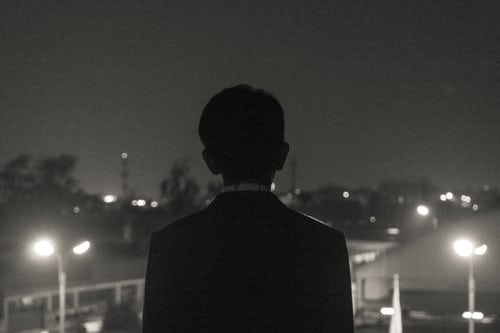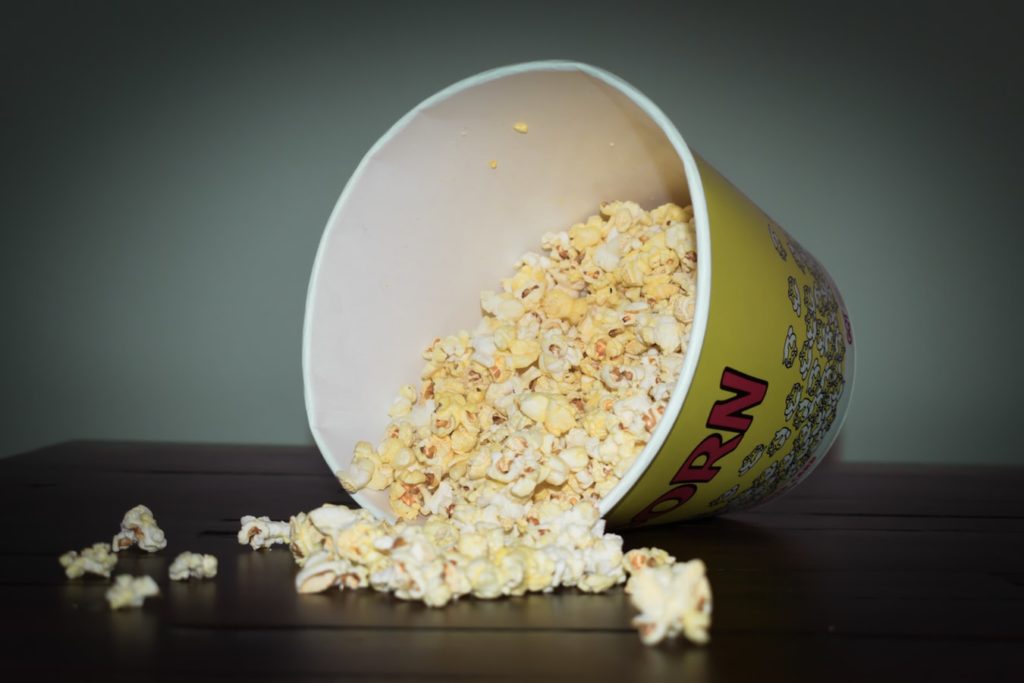I can pinpoint the exact moment that I began to question how public relations professionals are framed on screen. I was on Twitter and spotted a trailer for Flack, a show starring Anna Paquin as a publicist dealing with her unruly clients. Her methods coping seemed to include aggression, day drinking and the occasional illegal substance. Cool.
I was baffled at first, and then came the realisation that actually, a lot of professions are amped up in the name of airtime. I’m not sure every nurse would watch Casualty and think, “wow yeah, they nailed that!”, 100 percent of the time.
However, after this fleeting moment of understanding I came to the conclusion that actually, PR isn’t just misrepresented on screen, the PRs are usually the villain or at the very least, are the most selfish in the room. The morally corrupt, trying to cover up, twist and spin equally morally corrupt activities of the rich and famous.
The origin story

It’s ironic that a profession that is based on building and protecting reputation has its own image problem. Often written as damaged and corrupt with a questionable moral compass, there’s a queue of fictional PRs that are seen as schemers that exist solely to brush mistakes under the rug.
Edward Bernays, a pioneer of PR and nephew of Sigmund Freud, once said that “the three elements of public relations are practically as old as society: informing people, persuading people, or integrating people with people.”
Bernays has long been regarded as the “father of public relations”, engineering PR behind war efforts and coups. But before his time, a time before carefully crafted copy and media strategy – in the time of vying for the crown, spreading theories about planetary alignment and citing a divine right to do this and that – there was propaganda. The biggest villain of all.
Persuasion and public favour dates back to kingdoms and political powers from the beginning of civilisation. The very act of promoting the right to lead was found in ancient civilisations and early communities across the world.
Want to be leader of your village? Persuade the people. Want to show that you have a divine right to be crowned monarch? Highlight your magical or religious authority to do so. Despite the lack of instant communications, ideas and stories spread across cultures and continents to manipulate public opinion to help or hinder a person, cause or institution.
Fast forward to the 20th century when public relations became a professional field (although there’s some debate when the profession materialised), and you can find reams of advertising materials, marketing campaigns and fantastic – and not so great – examples of public relations employed by businesses, organisations and political parties.
But over the past century, this idea of propaganda, of manipulation, of hoodwinking en masse to achieve an aim, has never really gone away and as a result, has bled into our media landscape. This has ironically fed the reputation of PRs as being fixers, dabbling in creativity and illegality to lie to the press and the public, often with a drink in hand.
The cast

Poisonous publicists are rife across cinema and TV, and PR seems to be the ideal profession for a protagonist that knows everyone and everything while having a touch of glamour or grit. Their selfish behaviour comes without repercussion in a lot of cases, always coming out favourably as they cover up and connive.
They’re portrayed as powerful, holding secrets and wielding lies to manipulate anyone they cross paths with. That’s how good they are. But not really. There have been some prime examples in the last couple of decades which just goes to show that the stereotype has a long way to go before it truly dies.
- Samantha Jones, Sex in the City – Glamorous and well connected, Samantha is either at the hottest party in town or running it. While Samantha is more opportunistic than a blatant villain, she uses her position for personal gain. She’s a walking stereotype, fuelling misconceptions about real life PR that boils down to schmoozing at the bar and… not doing any work? Sign us up.
- Robyn, Flack – Earning the unofficial title of ‘one of the worst TV shows ever made’ from GQ, it would be fair to say that Robyn’s deceptive and drunken approach to crisis management for B-list celebs is morally bankrupt at best. Sex, drugs and the dark arts are at the heart of her media strategy, which highlights the very worst of what people believe PR is all about.
- Stu Shepherd, Phone Booth – Greasy is probably the best word for this one. The use of embargoes and exclusives has never been so frivolous or risky! Very few of us can or would want to be as bold as Stu, and the levels of deceit are pretty sky high. Let’s not even get started on his extra marital client meetings.
The anti-climax

Unfortunately a lot of people only learn about the profession through its portrayal in the media, but it’s probably no surprise that reality is quite different to what we see on the screen. While some PRs might like the sound of taking their career in a direction that’s more crooked cop than reputation builder, life as a PR is a bit more normal than it may seem.
Seeing the Samantha Jones types on screen might appeal if you want a fast-paced career with a dash of celebrity and meetings with mimosas, but ultimately we spend our days communicating, creating strategies, and hunting down coverage for our clients. Mimosa time is at a minimum – on weekdays, anyway. We’re often asked what is public relations? You can read some of our observations about what PR is all about on our blog page.
So how would things really play out in real life?
The Crown, series 3 (2019)
Spoilers ahead!
Deciding that the monarchy needed to appear necessary and desirable to the public in the face of a new Labour government with anti-establishment tendencies, the Duke of Edinburgh takes matters into his own hands. He goes into a PR frenzy, organising a groundbreaking documentary (imagine an episode of Keeping up with the Kardashians but with more chintz and afternoon tea) which doesn’t go well.
A prominent journalist was then invited to the Palace to interview a young Princess Anne to rectify the situation, but as he’s given the news that she was no longer available, he quickly spots the Duke of Edinburgh’s elderly mother who is deemed much too kooky to be a public figure of the royal family and decides to interview her instead. While the situation turns out to be a positive one, this would’ve been a job-on-the-line scenario.
In real life? The director of communications would greet the journalist and ensure that they can’t go AWOL in the Palace. Spotted a rogue royal elder? Straight out the door with you. Another interview would be arranged according to a strict set of questions and everyone would go about their day.
Sex in the City, series 4 (2001)
Lusting after a Hermes Birkin bag, the ultimate status symbol, Samantha decides to take advantage of working with actress Lucy Liu – by lying to the Hermes press team that Lucy needs the bag for a movie premier – to skip the five year waiting list to bag herself the designer item of the decade. After swearing a whole lot down the phone to the press team to demand the luxury item, she gets her wish – and Lucy doesn’t want ‘the freebie’. Admitting that she paid for it and used Lucy’s name to jump the queue, Samantha is promptly fired and her dreams of owning the Birkin – and working for Lucy Liu – go up in smoke.
In real life? Recognising that having such a prominent celebrity client is priceless (and given that this is a one way ticket to career annihilation), instead of ordering the bag, Samantha would’ve walked away from the Hermes counter and returned to the office to do a spot of pitching (unless it was a Friday) and shouting down the phone at the events company she was working with to launch the hottest bar in town!
Curious about how real PR experts do it? Contact us to speak to a member of our team today.



